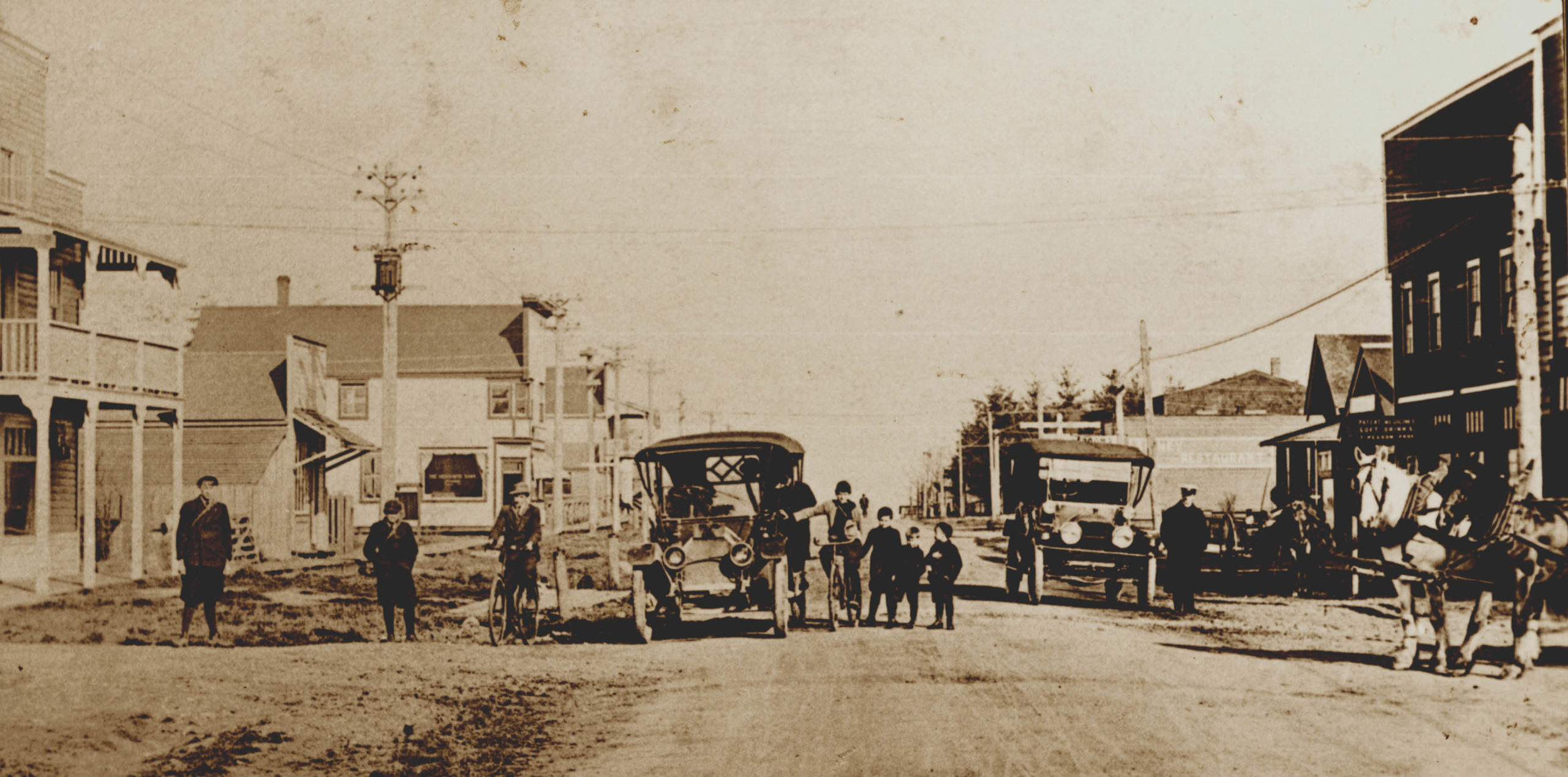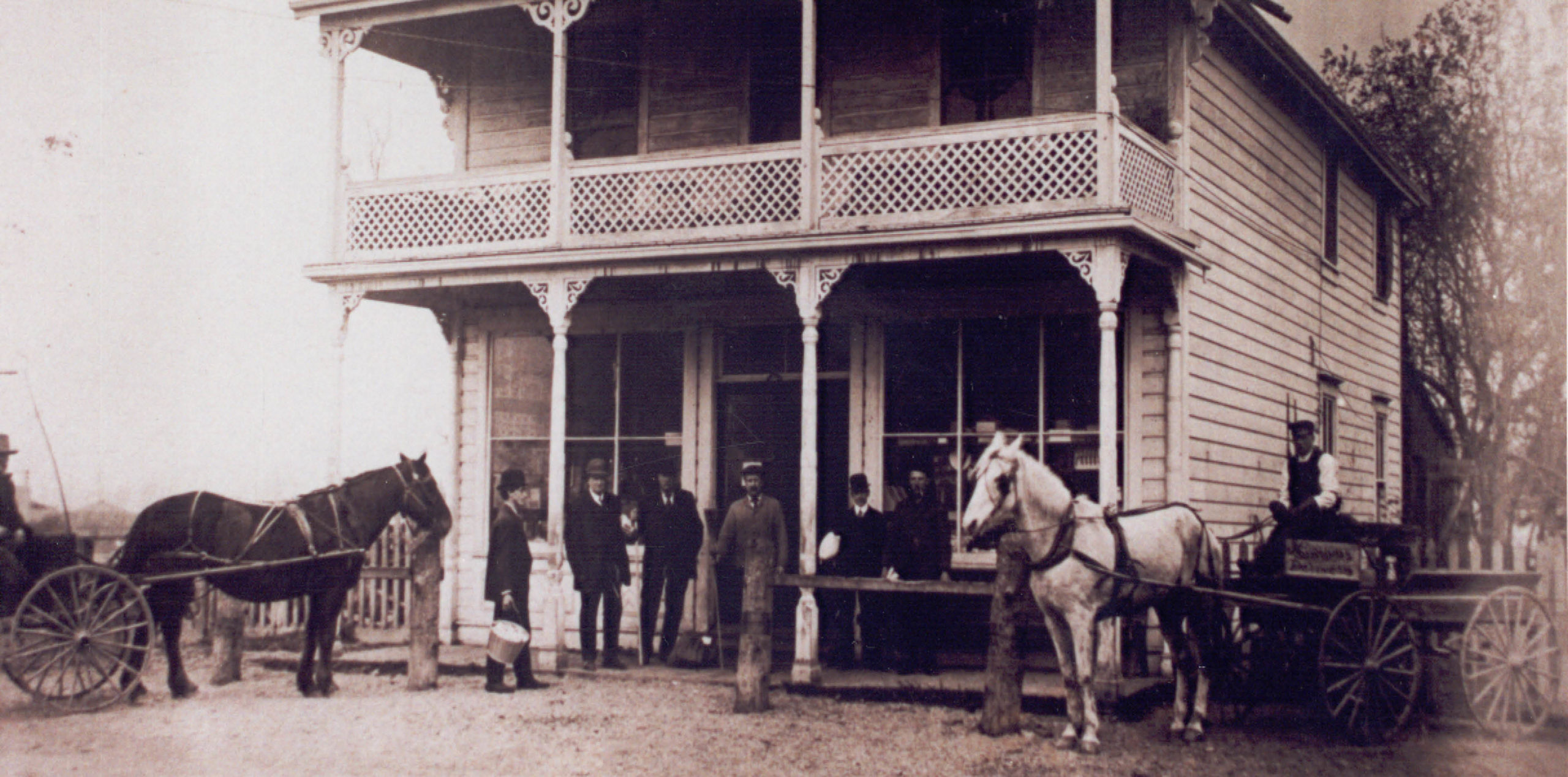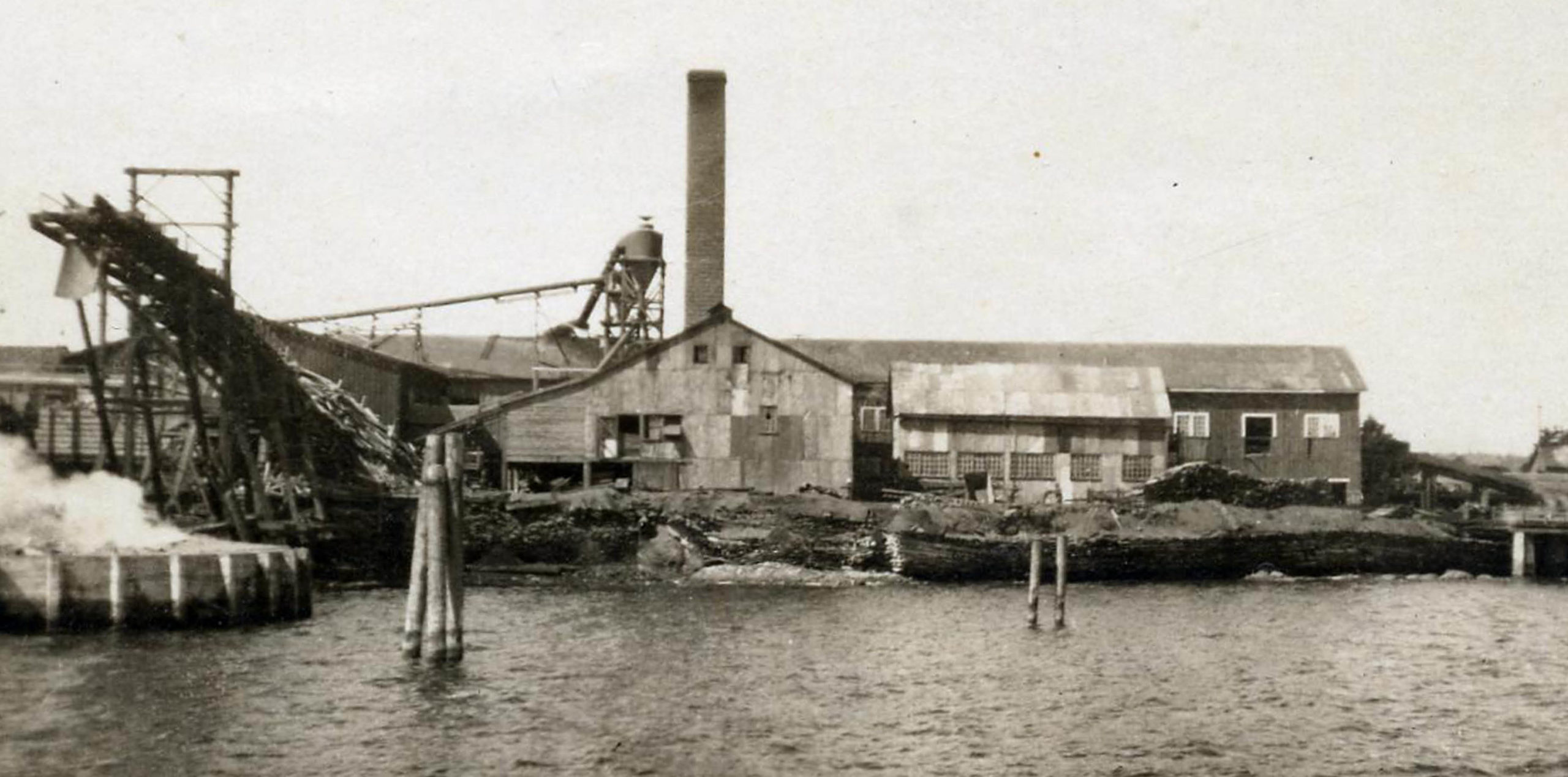by Doreen Marion Gee | photos courtesy Sidney Museum & Archives –
Graced by cerulean ocean vistas, rolling verdant landscapes and balmy weather, the Saanich Peninsula is, by nature, a charmed place. However, the true character and essence of our West Coast paradise was forged by the people who put down roots here a long time ago. Their accomplishments and hard work built this vibrant successful community.
Unfortunately, the history of human occupation and expansion on the Saanich Peninsula has not always been a proud one. The lands originally belonged to the first inhabitants, the W̱SÁNEĆ Indigenous Peoples. But that changed radically when European explorers arrived. The book The Saltwater People, by respected elder and teacher Dave Elliott, is a raw and heartfelt reckoning with the dark days of colonization. He gifts us with a poignant account of the 1852 (Governor) James Douglas Treaties with the Saanich People: “The Saanich Peninsula was the homeland of the Saanich People for who knows how long … Then after some time they (Douglas and company) began to claim the land, they began to exploit the land … We lost the land somehow. One after the other – land, fishing rights, hunting rights were legislated away.” In 1852, the Hudson’s Bay Company obtained two large tracts of forested land from the W̱SÁNEĆ People, which became known as North and South Saanich Districts. These were then sold to European settlers.
Sometimes a familiar signpost on a quiet country road can unleash a flurry of fascinating history about the roots of a community. Central Saanich United Church on East Saanich Road was formerly known as the Shady Creek Church. Arriving in 1858, Charles and Nancy Alexander were some of the earliest pioneers on the Saanich Peninsula, along with fellow Afro-American settlers who were invited here by Governor James Douglas. After great success in the Fraser River Gold Rush, Charles purchased a farm near Shady Creek in South Saanich and remained there for 33 years. During that time, the family contributed in numerous ways to the success of a burgeoning community: Initiating and supporting the building of the Shady Creek Methodist Church, with Charles as an early preacher; Charles helped to build the first school in South Saanich and was a school trustee for many years; and he was also involved in the formation of the Temperance Society and the Agricultural Society. “The Alexanders were an integral part of the community”(BC Black History Awareness Society) and today, more than 100 of their descendants still live in Saanich.
Following the fury and glory of the Fraser River gold rush, most of the lands in the North Saanich District were snatched up by gold miners, settlers and speculators. Many of those early pioneers helped to transform the fledgling community of landowners and farmers into a strong cohesive society on the Peninsula. Landing in Victoria in 1858, brothers Etienne and Alphonse Verdier were among the earliest French immigrants and some of the first European settlers on the Saanich Peninsula. Etienne and his family lived on the George Stelly farm, later purchased by his son, Frank, who renamed it the Verdier Farm. “Frank Verdier, who worked as a logger, played a pivotal role in the forest industry of Vancouver Island … he was hired by the Victoria Motor Club to stake out a possible route over the Malahat.”(Times Colonist) The family name lives on with Verdier Avenue and Verdier Park in Brentwood Bay.
Early pioneers, the Brethour family were a powerhouse in the evolution of the Saanich Peninsula and the town of Sidney. In the opinion of Peter Grant, author of The Story of Sidney: “Sidney was invented when the Brethours pooled their 100-acre farms, surveyed a townsite, started selling lots, and concluded negotiations for a 16-mile railway to Victoria.” Sidney was registered as a township in 1891 and, within a year, boasted a general store, a post office, a boat building shop and a hotel.
Past achievements by dedicated people have woven a high-quality fabric of life on this seaside oasis. From the excellent stewardship of the land by the W̱SÁNEĆ People to the toil and vision of early pioneers, our Peninsula community was built to flourish.







